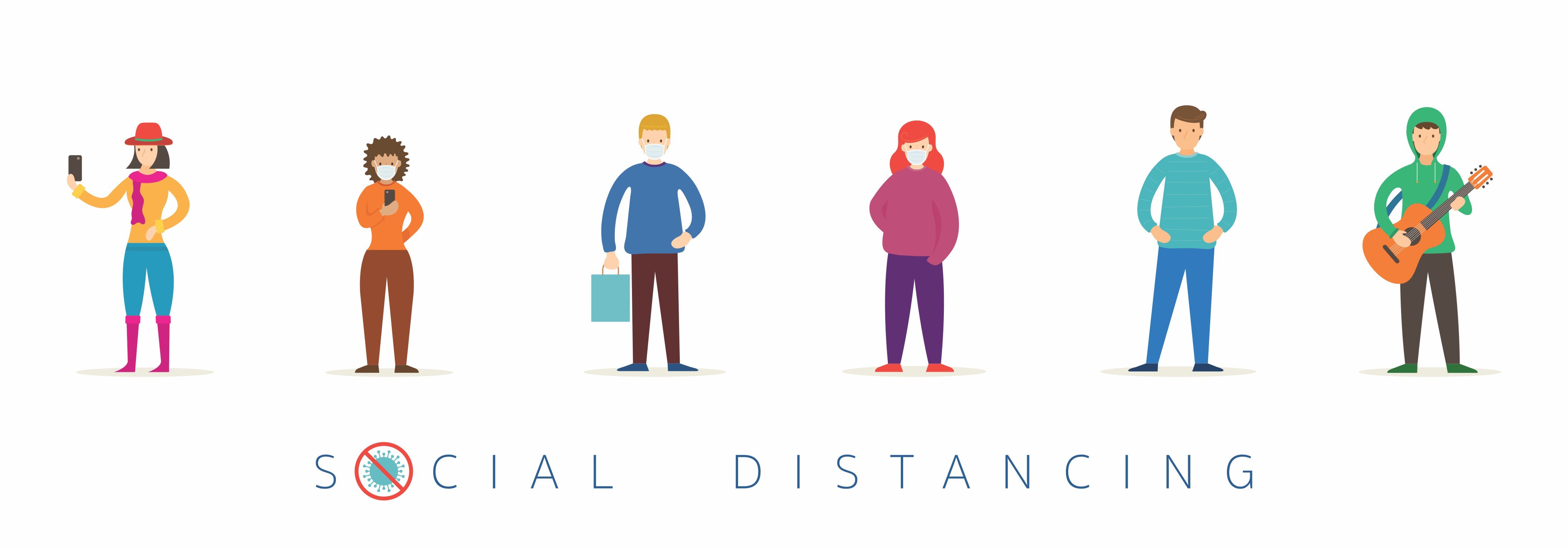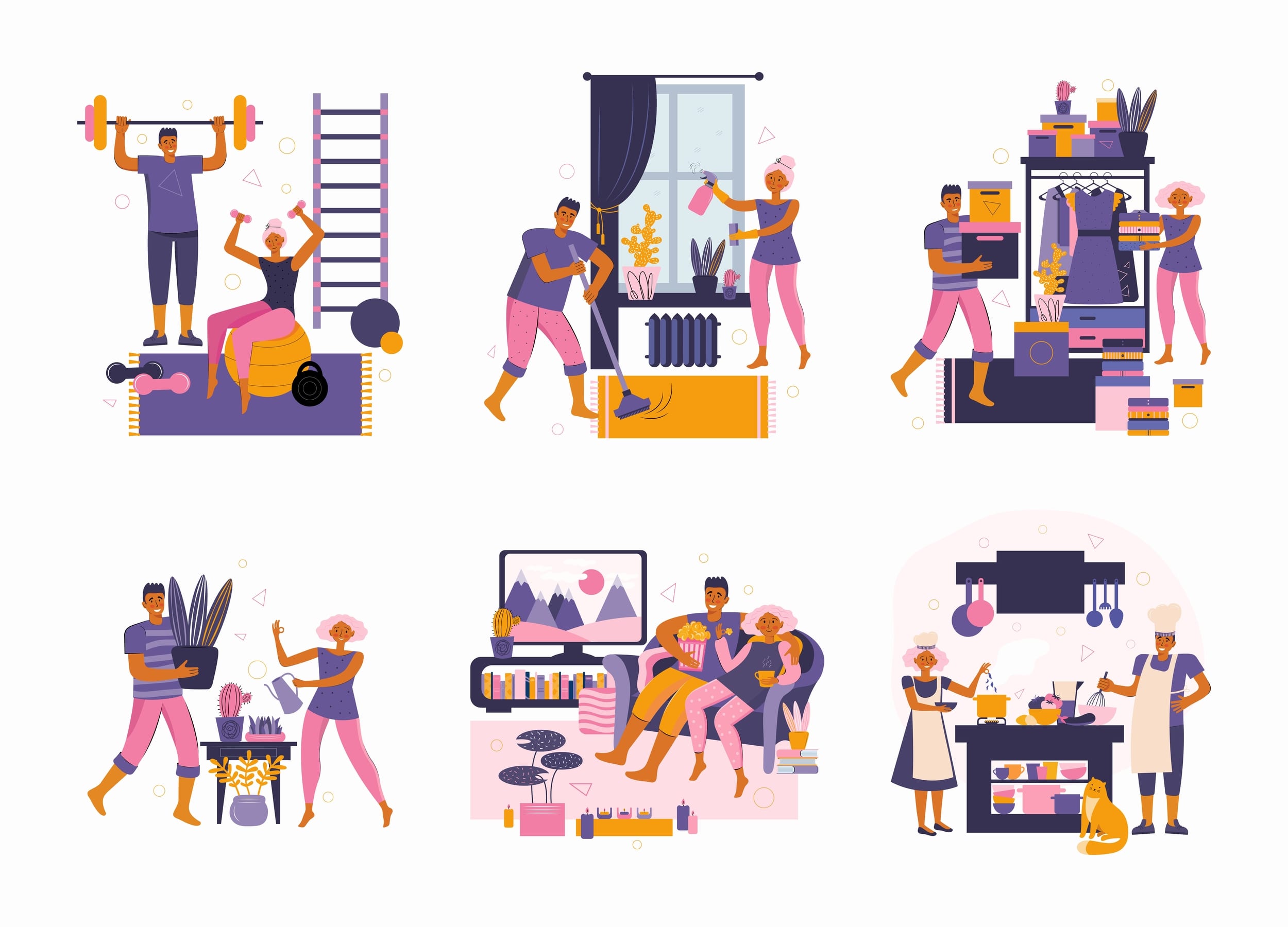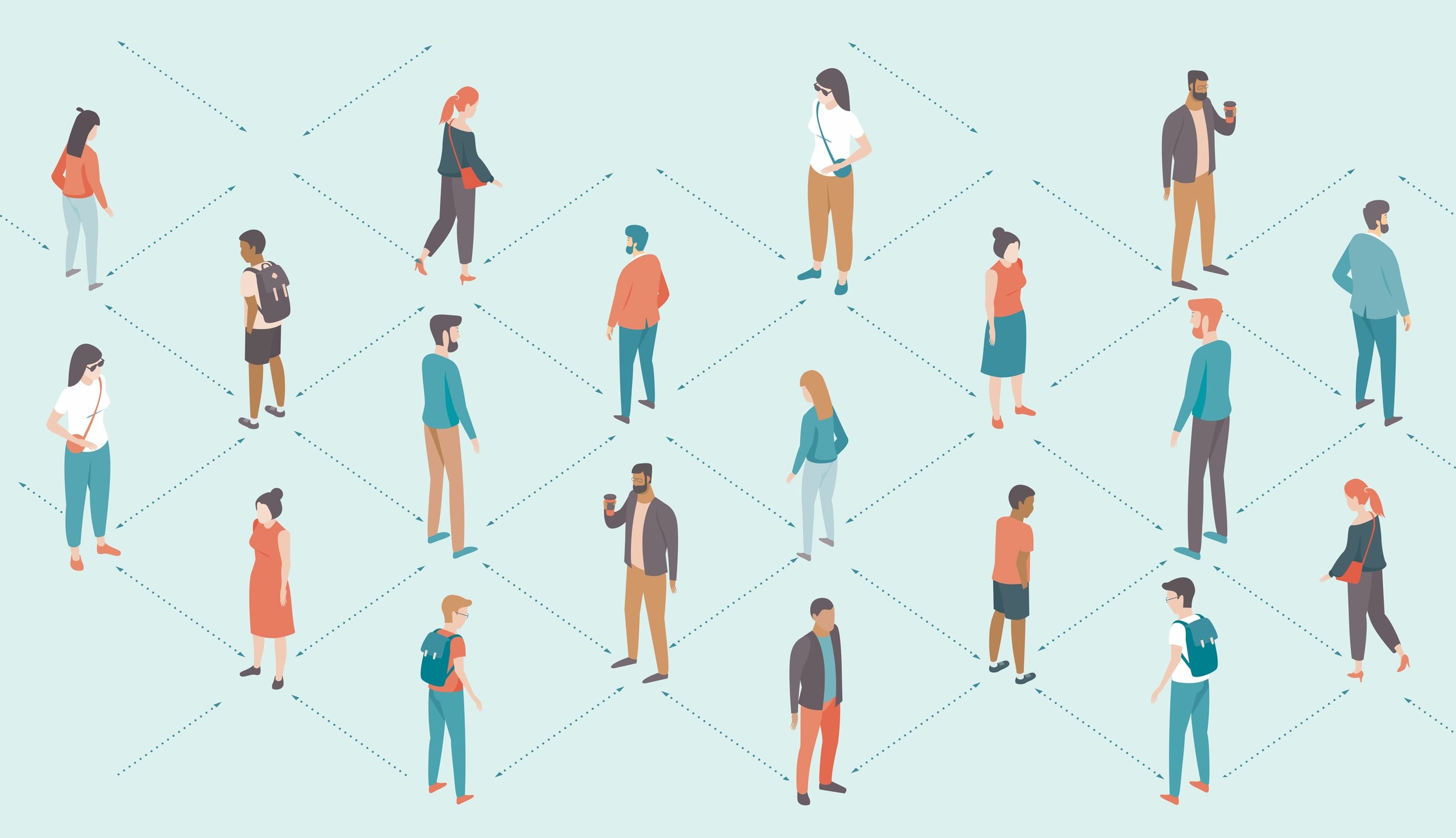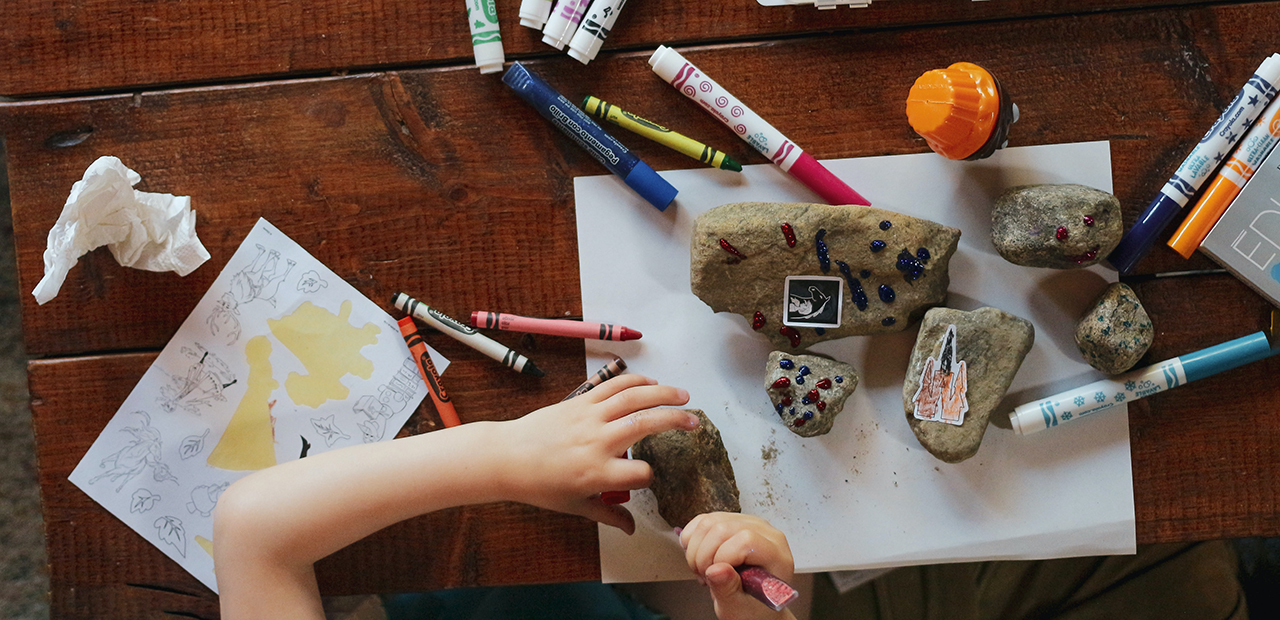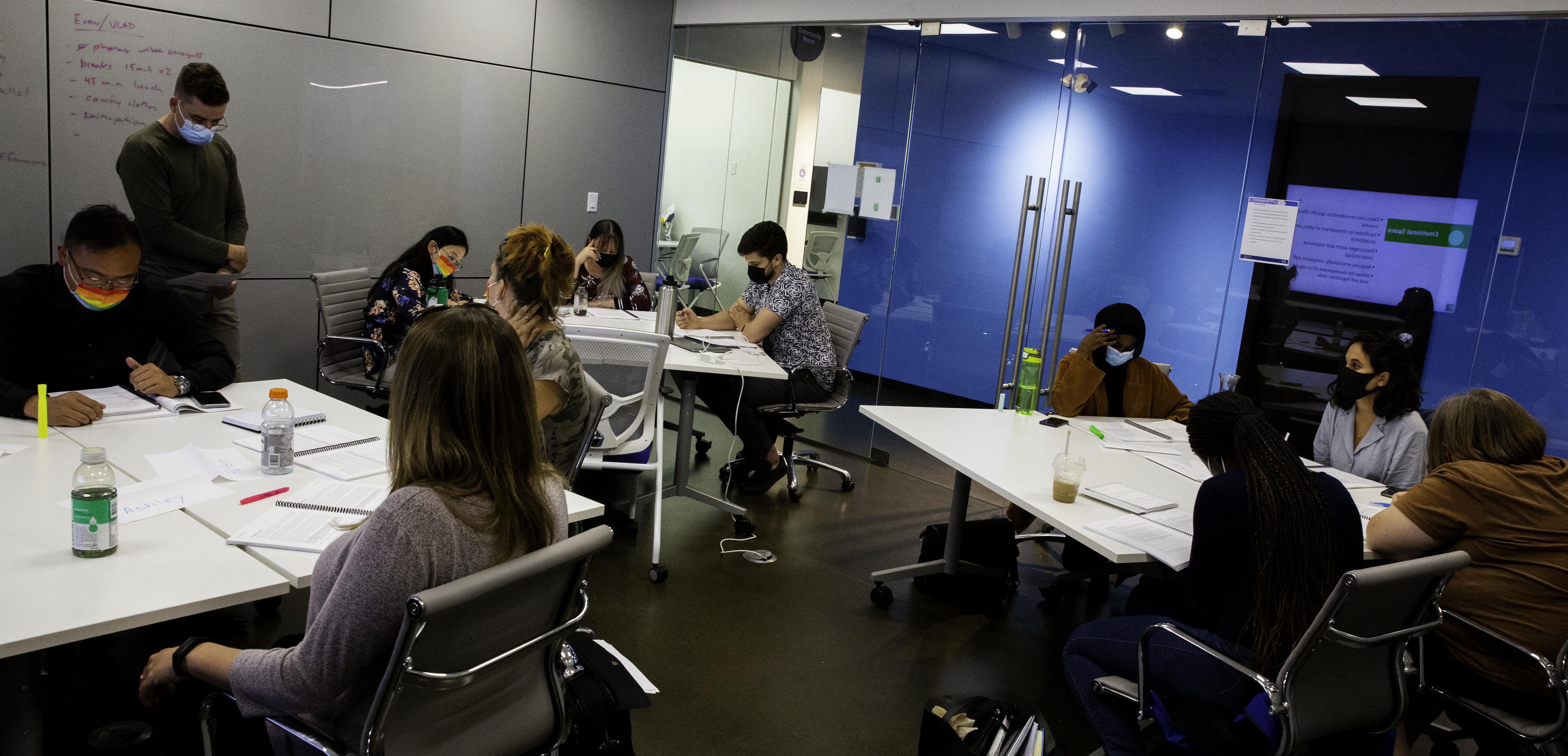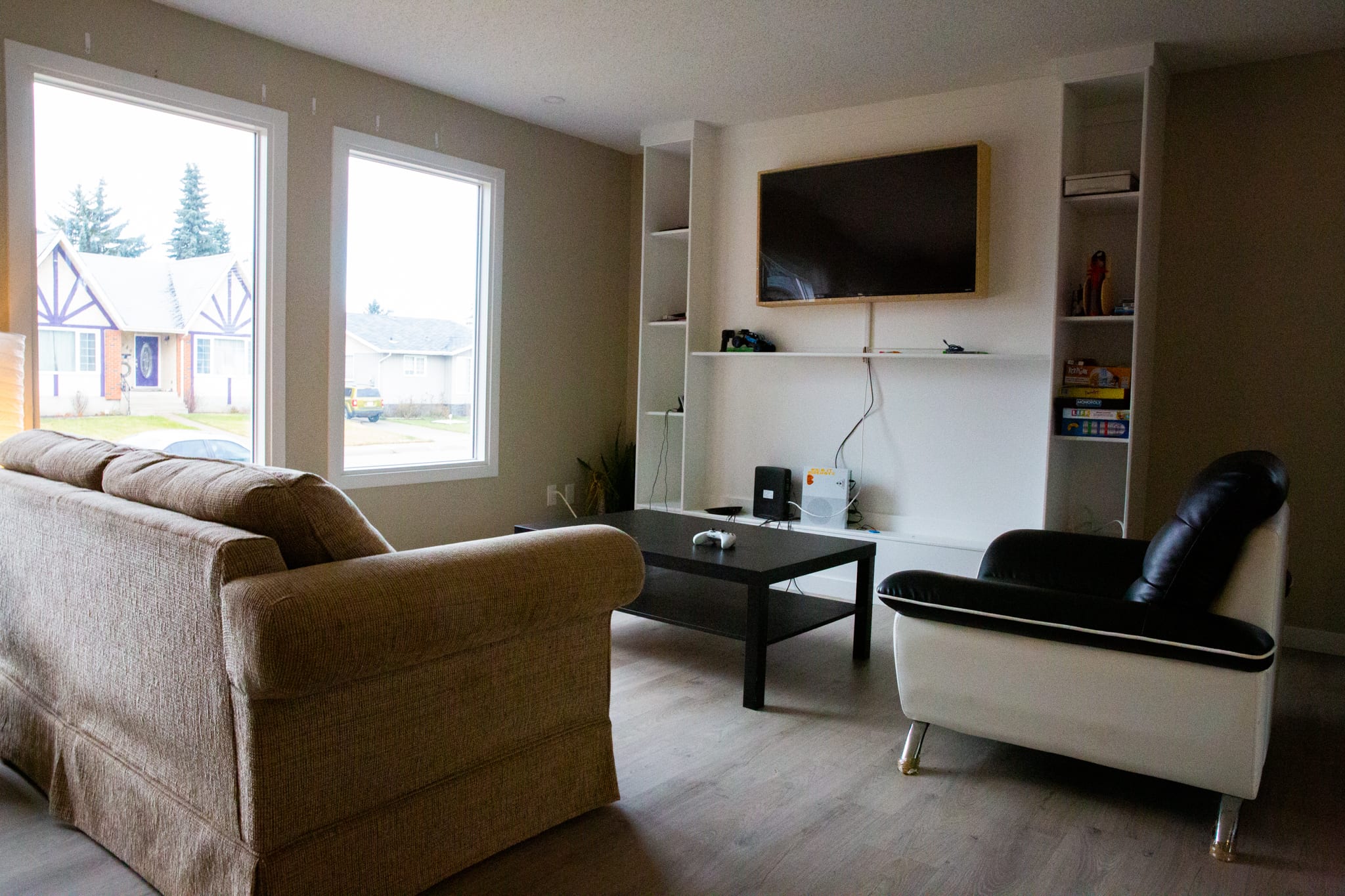“Social Distancing” is a concept where people make changes to their daily routine to actively increase the physical distance between each other. It is one of many measures that can be taken to reduce the spread of COVID-19. It aims to get ahead of the problem by preemptively taking action in order to break the cycle of infection.
Social distancing could be done in many ways:
For individuals who already have already tested positive for the virus, this would mean self-isolating at home to prevent the spread to others. For individuals who don’t have this virus, or have not yet been tested for this virus, this means staying at home to prevent the possible spread of the virus from others to yourself, or vice versa.
Here are a few general guidelines to follow:
- Avoid crowded areas and large gatherings
- Greet people verbally or with a wave, rather than with a handshake, hug, or kiss
- Always try and maintain a 2 meter (6 feet) distance from others
- Stay home as much as possible
- Make use of off-peak hours to do activities that require going outdoors (grocery shopping, visiting the bank, etc.)
- Take advantage of technology (food delivery services, online shopping, working from home, etc.)
Below are a few specific scenarios where social distancing can be very effective.
TRAVEL/TRANSPORTATION
Before you consider traveling, research the facts and statistics regarding the COVID-19 environment in both your departure and arrival point. This gives you a better understanding of who you could potentially be putting at risk, as well as what risk you could be putting yourself at.
Choose methods of travel that involve small groups of people, and avoid traveling with anyone who is considered high-risk. If necessary, bring disinfectant wipes and wipe down places that people may often come into contact with. Always try to maintain a minimum of 6 feet away from others.
Ultimately, the decision to travel is yours, but based on the current global situation, it is highly recommended that you postpone your trip if it is non-essential. If it is absolutely necessary, try to travel during off-peak hours or when there are the least amount of other people traveling.
ESSENTIAL ERRANDS
Only make trips out to run errands if they are essential. Buying groceries, visiting the pharmacy, and getting gas are all examples of essential errands. If you or someone close to you is highly at risk, consider having someone else run the errand for you, and drop off the items outside your house through contactless delivery instead. Again, choosing off-peak hours to run errands is ideal.
RESTAURANTS/MOVIES/GYM
Going out for meals, entertainment, and working out all involve larger crowds of people, which significantly increase the risk of spreading COVID-19. These are all highly discouraged, as there are several alternatives to these activities. Ordering in, watching movies on Netflix, and doing home workout routines can all fulfill the same functions without having to put yourself or others at risk.
Ultimately, social distancing will inevitably require a change to your daily routine and lifestyle, but with small adjustments, we can each do our part in putting an end to COVID-19.
